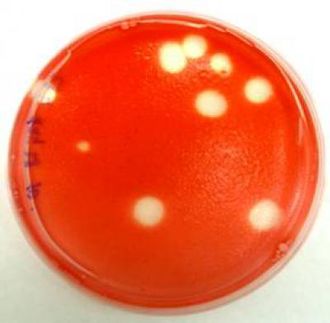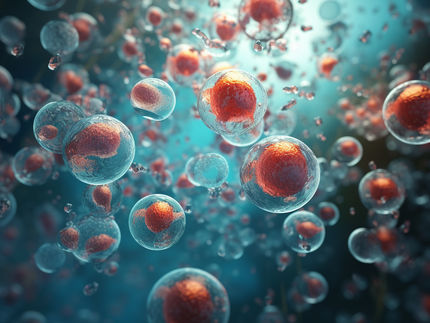Gene loss causes leukemia
Advertisement
Researchers from VIB and K.U.Leuven, both in Flanders, Belgium, have discovered a new factor in the development of acute lymphoblastic leukemia, a disease that mainly affects children. In the cells of the patients, the specific gene PTPN2 ceases to function, causing the cancer cells to survive longer and grow faster. The study provides genetic and functional evidence for a tumor suppressor role of PTPN2. The research was carried out in close cooperation with scientists from the Hôpital Saint-Louis in Paris. Understanding the causes of leukemia is important for the development of new targeted therapies. The results appear in the journal Nature genetics.
What is leukemia or bone cancer?
In patients with leukemia, the formation of white blood cells in the bone marrow is disrupted. This makes leukemia patients particularly susceptible to infections, because properly functioning white blood cells ensure protection against intruders such as viruses and bacteria. In the US alone, every year around 50.000 adults and children develop leukemia.
T-ALL is caused by interplay of various factors
Leukemia occurs in various forms, one of which is T-cell acute lymphoblastic leukemia (T-ALL). Cells that normally develop into white blood cells, start to divide in an uncontrolled way, giving rise to a huge number of immature cells. Until now, few factors have been associated with an increased risk of developing T-ALL, but it is clear that T-ALL develops when errors occur in several genes simultaneously. Therefore, it is not only important to identify genes that underlie T-ALL, but also to unravel what combinations give rise to the disease. This is a crucial element in the development of future specific combination therapies, promising to be more effective than therapies that focus only on one target.
PTPN2 has a tumor suppressor role
Maria Kleppe and Jan Cools of VIB-K.U.Leuven, together with Peter Vandenberghe of the Centre for Human Genetics and Jean Soulier of the Hôpital Saint-Louis in Paris, now identified the gene PTPN2 as another major player. In the DNA of the cells of some leukemia patients, they noticed that the PTPN2 gene was lost, causing proliferation of the cancerous cells. In addition, PTPN2 was identified as a negative regulator of the activity of a specific kinase. The study provides genetic and functional evidence for a tumor suppressor role of PTPN2.
Kinases and phosphatases in cancer development
Beyond the specific findings for T-ALL, this study provides new insights into cancer development in general. Errors in kinases and phosphatases, enzymes able to switch specific cellular functions on of and off, have long been known as potential causes of cancer, but this study now shows that when these errors occur together, the carcinogenic effects can reinforce each other. Furthermore, they can make the cells more resistant to kinase inhibitors, therapeutic substances currently used for cancer treatment.
Original publication: Kleppe et al., "Deletion of the protein tyrosine phosphatase gene PTPN2 in T-cell acute lymphoblastic leukemia"; Nature Genetics, 2010.























































